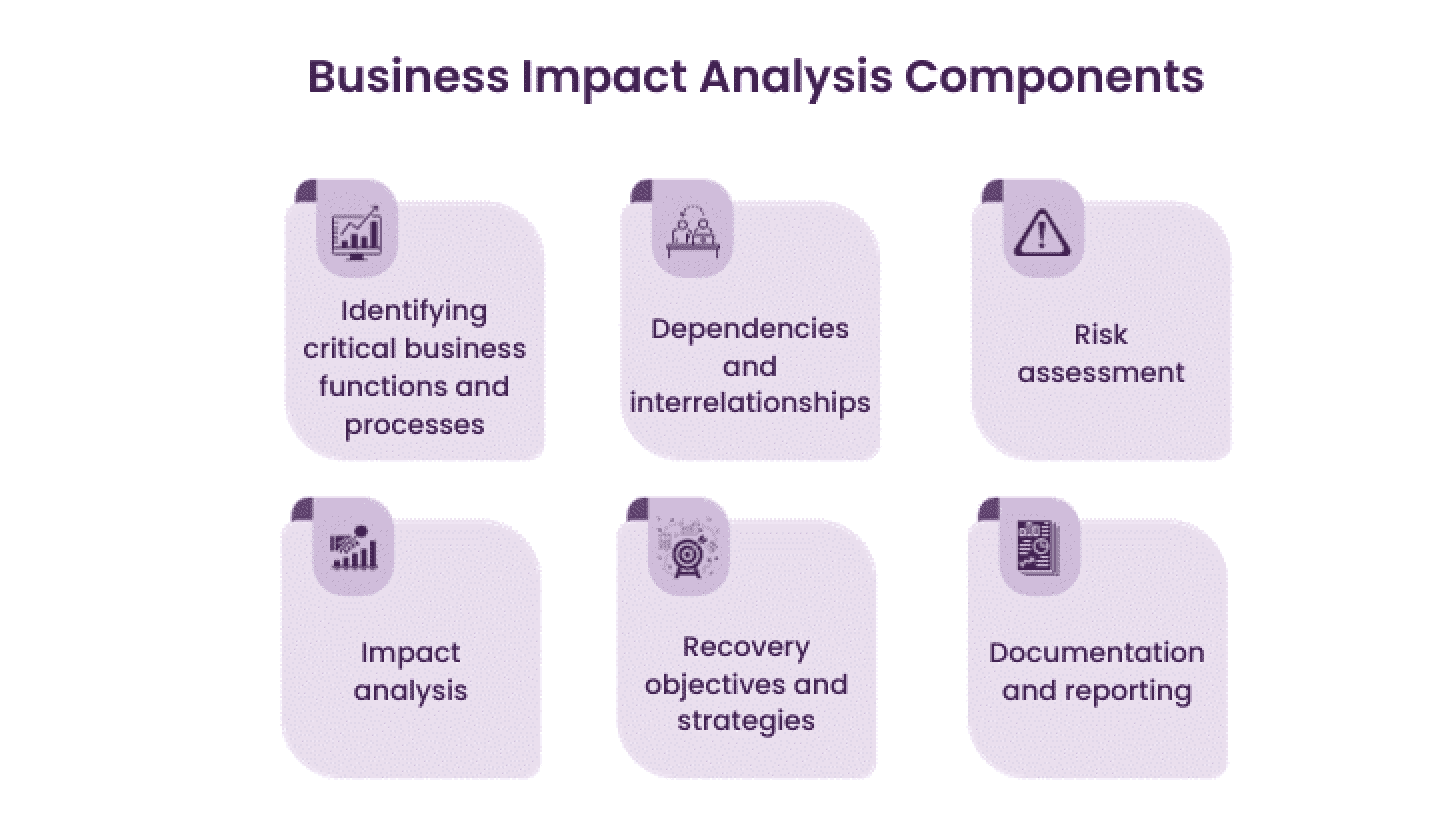Table of contents
- How to Choose a Six Sigma Black Belt Project with Examples
- What are the Characteristics of a Good Sigma Project?
- Purpose of the Black Belt Project
- Project Requirements of a Six Sigma Black Belt
- The Process of Choosing a Black Belt Project
- How to Choose Your Black Belt Project?
- Lean Six Sigma Black Belt Project Examples
- Related Articles
Estimated reading time: 7 minutes
How to Choose a Six Sigma Black Belt Project with Examples
Embarking on the journey towards a Six Sigma Black Belt certification marks a significant milestone in your career as a process improvement professional. At the heart of this advanced level of expertise lies the pivotal choice of a Black Belt project—a decision that can define the trajectory of success and impact within an organization.
This guide aims to equip you with the tools and knowledge needed to embark on this transformative journey and we devolve some Lean Six Sigma black belt project examples.
What are the Characteristics of a Good Sigma Project?

Purpose of the Black Belt Project
First, you must understand the importance of Six Sigma. The projects help a company understand how improving certain processes can reduce costs and eliminate products and services of low quality. Six Sigma initiatives, in other words, measure the benefits of changing or improving processes. After completing a few Six Sigma projects, the company should have almost no defects.
Recycle and reuse
Six Sigma focuses on eliminating manufacturing errors, improving the quality of processes, and increasing overall efficiency. You can expect to oversee a variety of initiatives that are based on these principles as a Black Belt. Top management may ask you for solutions if your company wants to reduce its carbon footprint in the next decade. If your shareholders expect you to increase production in the next year, then you will need to find ways to meet their expectations and keep costs down. You can expect to manage projects that will help your company be productive, efficient, and within budget.
Coaching and training
One of the most valuable aspects of Black Belt Project Management certification and training is the ability of other professionals to learn and be instructed. As a result, you can expect your company to ask you to conduct training exercises for their team. They will also want you to teach lower-level staff Six Sigma concepts and procedures. The skills of your employees and the time you spend with them will be shaped by these tasks. Focus on fulfilling your organization’s obligations in terms of training and coaching. Six Sigma projects can include introducing new software for supply chain management or waste reduction, as well as other process improvements.
Project Requirements of a Six Sigma Black Belt
- Black Belt requires two completed projects. The affidavits should include three years of experience. Six Sigma Knowledge of Body experience is required.
- You must have at least one year of full-time paid work experience. You cannot apply for an internship, paid or not.
- The project requires professionals with the ability to think creatively and understand client needs and wants. The professional must have effective communication, leadership, and collaboration skills.
- It is important to have a mindset that works well and can communicate effectively. This will bring financial benefits to the company.
- You should also be driven to improve quality.
- The professionals should have a good understanding of the statistical tools and technologies available for use in the project.
The Process of Choosing a Black Belt Project
The ultimate purpose of a Black Belt project is to create a project that has a significant financial effect. Black Belt projects employ Six Sigma methods that focus on performance and demonstrate how improved performance results in a financial advantage to the firm. Below is a list of tasks that fulfill Black Belt criteria for you to pick from.
Qualified projects

- Identifying methods to eliminate defects: Defects cost a firm money because they must be replaced or fixed. Defect reduction saves money and improves production.
- Shortening the time it takes to set up new machines: Setting up a machine means that it is not yet operational. When a machine is not running, production is not at its peak. Finding a means to reduce the length of time a machine is not operating allows production to return to normal sooner and saves corporation money that is wasted while production is halted.
- Addressing areas that were rejected following an audit: An audit identifies areas of vulnerability in a corporation. During an audit, Walter would be able to identify areas where his firm underperformed and work on improving those areas.
- Reducing the amount of additional labor in any process: More labor implies more money to pay those who provide the labor. A corporation may save money by discovering methods to accomplish things more effectively with less labor.
How to Choose Your Black Belt Project?

Choosing a Black Belt project in Six Sigma is a critical decision as it represents a significant commitment of time and resources. Here’s a systematic approach to help you select an appropriate Black Belt project:
- Align with Organizational Goals: Ensure that the project aligns with the strategic objectives of the organization. It should contribute to solving a significant problem or addressing a key opportunity that the organization faces.
- Identify Business Impact: Look for projects that have a substantial impact on business performance, whether it’s related to cost reduction, revenue enhancement, quality improvement, customer satisfaction, or process efficiency.
- Data Availability: Verify the availability of data needed for the project. Data availability and quality are crucial for the analysis and measurement phases of the Six Sigma DMAIC (Define, Measure, Analyze, Improve, Control) methodology.
- Project Scope: Define the project scope clearly. A well-scoped project helps in managing expectations and ensures focus. It should be neither too narrow (microscopic) nor too broad (macroscopic) to achieve measurable results within a reasonable timeframe.
- Feasibility: Assess the feasibility of the project in terms of available resources, team capabilities, and potential barriers. Consider factors such as time, budget, access to necessary data, and support from stakeholders.
- Stakeholder Buy-In: Ensure that the project has support and buy-in from relevant stakeholders, including sponsors, leadership, and those affected by the process being improved. Their involvement is crucial for success.
- Complexity and Challenge: A Black Belt project should challenge your skills and stretch your capabilities as a Six Sigma practitioner. It should not be too straightforward but complex enough to allow for significant process improvements.
- Previous Improvement Efforts: Review past improvement initiatives to avoid redundancy or repeating unsuccessful projects. Assess what has been done previously and why it didn’t achieve the desired results.
- Personal Interest and Passion: Consider your interests, strengths, and expertise. Choosing a project you are passionate about can boost motivation and dedication, leading to better results.
- Risk Analysis: Evaluate potential risks associated with the project and develop a risk management plan. Identifying risks early allows for strategies to mitigate them during project execution.
- Impact on Customers or End-Users: Projects that directly impact customer satisfaction or end-user experience are often prioritized as they align with the customer-centric approach of Six Sigma.
By considering these factors, you can select a Black Belt project that not only meets the criteria for a successful Six Sigma initiative but also aligns with your skills and interests, maximizing the chances of achieving significant and sustainable improvements.
Lean Six Sigma Black Belt Project Examples
- Service Sector:
- Improving Call Center Efficiency: Optimizing call center operations to reduce call handling times, improve first-call resolution rates, and enhance overall customer satisfaction.
- Enhancing Order Fulfillment Process: Improving order processing and fulfillment for an e-commerce company by reducing errors, shortening lead times, and enhancing accuracy.
- Supply Chain and Logistics:
- Optimizing Warehouse Operations: Implementing Lean principles to reduce waste, improve layout design, and optimize picking and packing processes in a warehouse.
- Reducing Transportation Costs: Analyzing logistics operations to identify opportunities for cost reduction in transportation, such as optimizing routes or consolidating shipments.
These projects illustrate the diverse applications of Lean Six Sigma methodologies across industries. Each project typically follows the DMAIC (Define, Measure, Analyze, Improve, Control) or DMADV (Define, Measure, Analyze, Design, Verify) framework to identify problems, collect and analyze data, implement improvements, and sustain the gains achieved through control measures.



